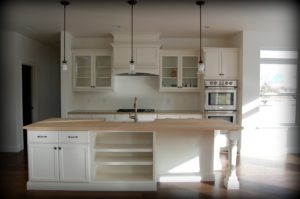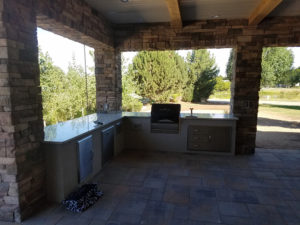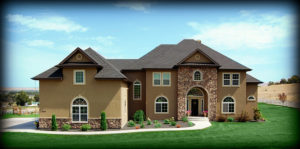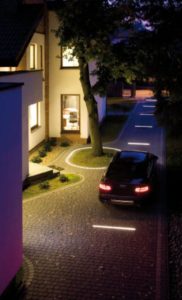 If you are considering replacing the fence, or adding a new fence to your home, you may have wondered… “how much does a new fence cost“? The majority of houses have some type of fencing. A fence can serve as a property line marker, a security feature, a decorative element or a combination of these things. On average, new fences cost from $2600 to $8000, based on the type and size you purchase. There are numerous options, with regards to contractors and fence designs, to pick from in various price brackets. Many professional fence installers bill their customers for each linear foot. This charge includes the cost of materials and labor.
If you are considering replacing the fence, or adding a new fence to your home, you may have wondered… “how much does a new fence cost“? The majority of houses have some type of fencing. A fence can serve as a property line marker, a security feature, a decorative element or a combination of these things. On average, new fences cost from $2600 to $8000, based on the type and size you purchase. There are numerous options, with regards to contractors and fence designs, to pick from in various price brackets. Many professional fence installers bill their customers for each linear foot. This charge includes the cost of materials and labor.
Bear in mind that some fencing materials have specific associated costs, linked to the complexity of their structure. The cost of installing wooden fences varies, based on the wood type used. Chain link fences are particularly affordable. Materials like wrought iron and aluminum are the most expensive. Vinyl costs more than chain link or wood, but easily makes up for it due to low maintenance costs and longevity.
Prior to starting the installation, you need a reliable estimate for the project. You should get in touch with your local council and ask whether you require a permit. Typically, permits cost around $800. You can leave your fence contractor to supply the parts and pay for them later, or obtain some parts yourself. Although your contractor will markup his or her fee, they get price reductions that could still result in you making an overall saving.
If your property is built on sloping land, your fence installation costs might increase, because the installation will be harder. Also, you will need to telephone 811 to confirm that your fence does not obstruct utility services. Occasionally, newly installed fences can hit underground wires or pipes. If you fail to do this, you might be landed with expensive repair bills in future.
As you can see, there are a multitude of factors to take into account, when installing a fence, which can affect the total project cost. For this reason, before you proceed, it is always wise to speak to a few different installation firms to get quotes. This way, you will have a good idea of how much you will need to budget to build your dream fence.




